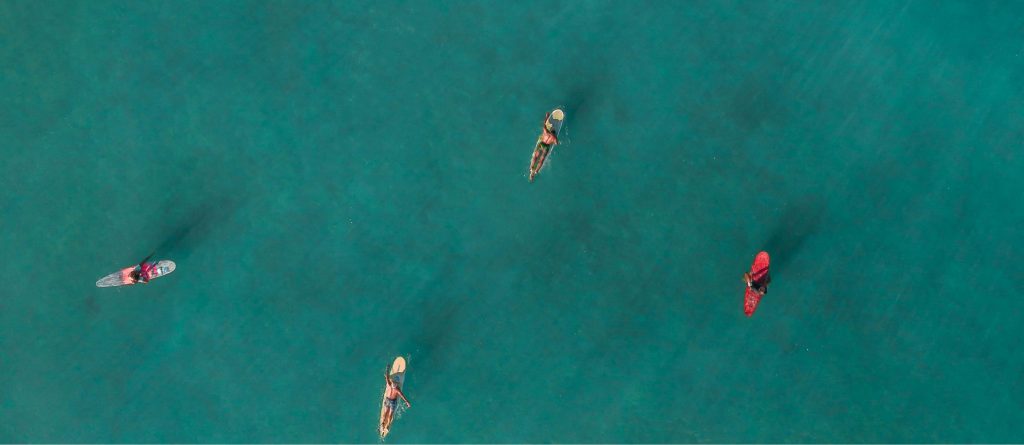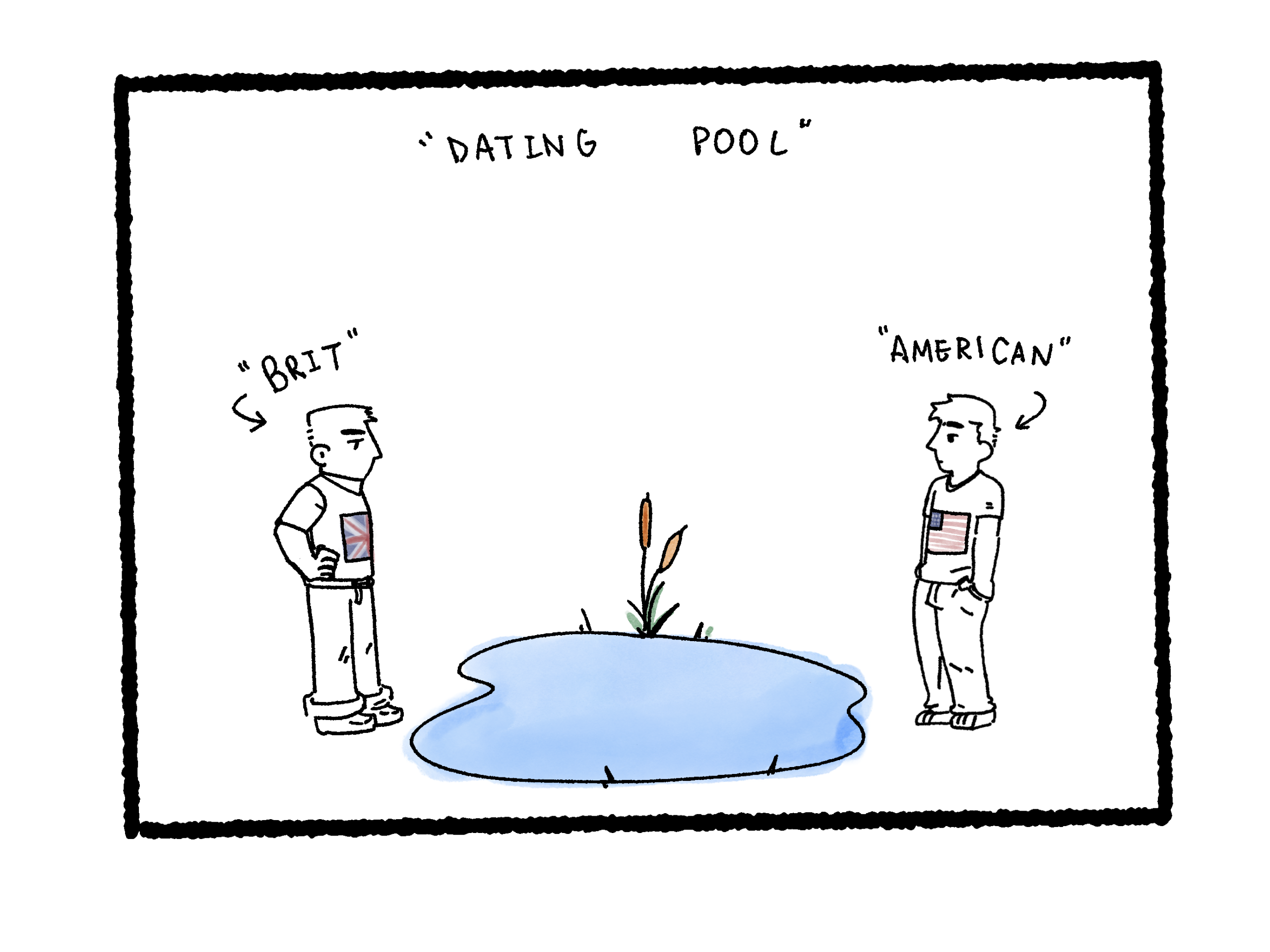By Jo Weiss
When the Tahitian native and surfer Peva Levy reminisces about the Teahupo’o of the past, he remembers it as a pristine, idyllic location for surfing. The tranquil environment, framed by untouched volcanic beaches, impacted Levy to the extent that he said to have felt the powerful, supernatural force known in Polynesian culture as “mana” when he first surfed Teahupo’o. “We loved this place because it was still wild, there were not many people over here. There was a lot of fish all around, and that good mana,” Levy said. However, news of such immense natural beauty coupled with unparalleled conditions for surfing was fated to spread across the world. “It was a secret spot,” Levy mused, “but it was not a secret spot for long.”
Arguably the largest factor transforming Teahupo’o from a local paradise to a globally renowned surf hotspot lies in the capacity of its geographical conditions to generate powerful waves. For waves to form, ocean swells created by faraway storms must make contact with the seafloor. What is usually defined as a gradual process can be achieved in a matter of seconds in Teahupo’o. This is because Teahupo’o fulfills these conditions perfectly, with the swells of its waves originating from strong Antarctic storms that crash into a reef situated less than a meter from the surface.
Despite attracting many tourists and international surfing competitions, Teahupo’o could in many ways preserve the essence of its former self. Avoiding the usual developments that are present in popular surf destinations, Teahupo’o maintains a close connection to the natural environment and a distance from consumerism. For example, though attracting numerous prospective customers, it is entirely devoid of surf shops. Such harmony with the environment echoes the Polynesian origins of surfing, where the sport was imbued with religious meaning and a deep reverence for the ocean.
In the modern day, the spiritual and environmental significance of surfing remains central to many proponents of Polynesian culture. President of the environmental organization Via Ara o Teahupo’o Cindy Otcenasek explains how “in Polynesian culture, gods are present everywhere, in the coral, in the ocean.” These views hold particular significance for surfers, especially those native to the area. Tahitian Olympian Vahiné Fierro, for instance, describes Teahupo’o as a sacred “temple,” rooted in “a spiritual belief, living incarnation of our heritage, and our ancestral land.” Her words underscore the enduring legacy of Polynesian culture, and the desire to uphold a symbiotic relationship with the natural world. In a similar vein, fellow Olympian and Tahitian native Kauli Vaast emphasized that “magical things happen here, you feel this energy and you must show respect,” as “this is so important [in] …places where you face Mother Nature.” While not necessarily anchored in religious or spiritual meaning, values of environmental stewardship resonate throughout the wider surfing community. The International Surfing Association (ISA) serves as a prime example, with its mission “to make a better world through surfing” and a vision centered on fostering “a connection to the environment” by promoting “the protection of Surfing resources worldwide.”
However, the decision to host the 2024 Olympic surfing events in Teahupo’o has jeopardised this balance by presenting significant challenges to minimising environmental impact. The most pressing concerns centered around the construction of an aluminium tower to accommodate judges and media crew members during the Games. Though a wooden tower was already in place from previous surfing competitions, it was considered to be unsafe by the Olympic Committee and Moetai Brotherson, president of French Polynesia. Building the new tower required drilling into the fragile reef, raising fears among environmentalists and local residents of lasting damage. These included the possibility of fissures in the reef attracting the microscopic algae ciguatera, which infect fish inducing sickness in humans if consumed, as well as changes to the shape of the wave if the reef were to crack. Yet despite an ISA-supported petition against the construction reaching 257,000 signatures and the collation of numerous scientific evidence highlighting the potential damage of the choice, the tower was ultimately built.
Photographer Tim McKenna insists the movement to protect Teahupo’o was not in vain, stating “the fact that they did have that movement really helped us to get the authorities to be careful and downscale and do things right.” Certain concessions were indeed made, such as housing the Olympic athletes on a cruise ship rather than assembling an Olympic village. Yet this decision could have also had repercussions on the critical ecosystem of the reef, not to mention the damage caused by a barge colliding with the coral during the construction of the tower.
The clash between hosting an international surfing event and preserving the integrity of Teahupo’o’s environment mirrors the paradox of surfing as both a multimillion-dollar industry and a sustainable pursuit. In their Critical Surf Studies Reader, Dexter Hough-Snee and Alexander Eastman define surfing as “a profoundly complex global practice, rife with contradictions,” that can be understood as “religion, cultural practice, ludic pursuit, countercultural iconography, competitive sport, multinational industry, and consumer culture.” Though its resistance to being confined to a single identity can be seen as reflecting the freedom often associated with surfing, this complexity also introduces its own set of challenges. As surfing becomes increasingly multifaceted, there is a risk that its diverse identities may erode, allowing one to emerge that aligns more closely with the demands of today’s fast-paced, consumerist society.






